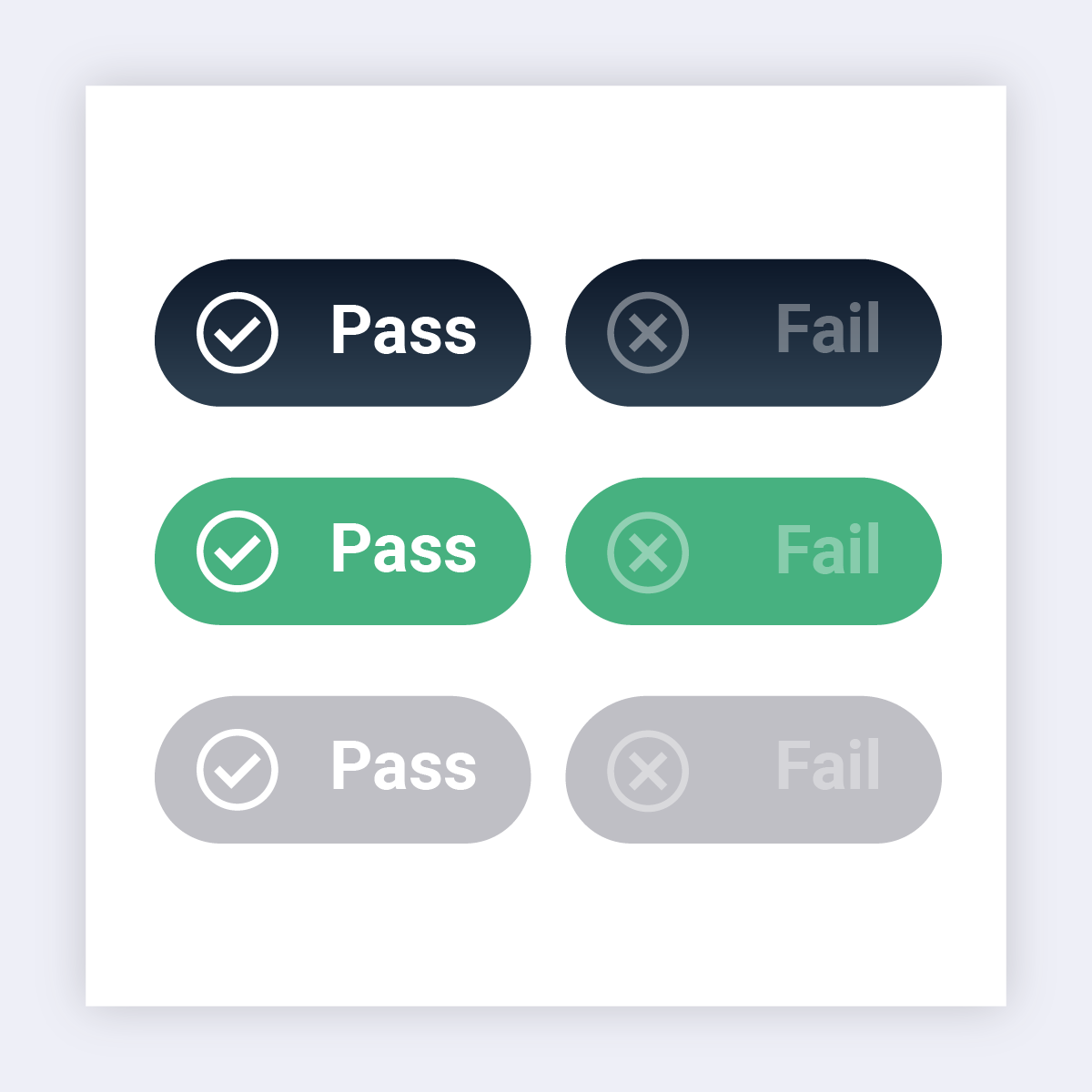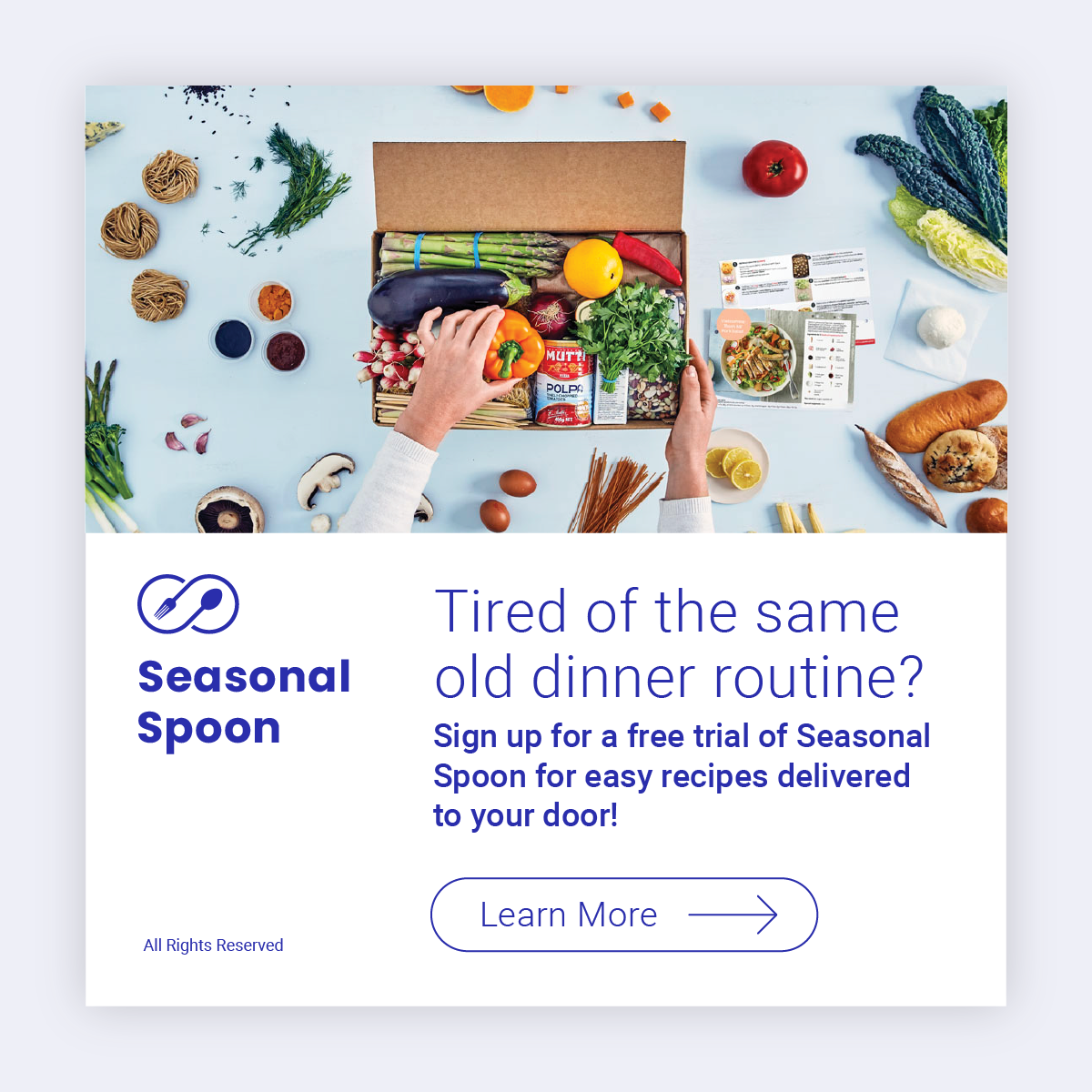Five Best Practices for Performance-Based Ads That Convert

Data analytics, modeling, and performance metrics will get your ad to the right person, but for performance-based ads, creative is where the rubber meets the road. If the ad doesn’t compel a user, then you aren’t maximizing all that data science.
Creating an engaging ad is easier said than done of course, but there are best practices that ensure a good idea gets the most mileage. Assuming that you know your audience – the demographics, interests, challenges, and desires – here’s some advice on how to connect with them.
Forget the clutter and confusing messaging – the key to capturing attention lies in a clean, focused approach. Dive in to discover targeted messaging techniques and design strategies to fuel your performance marketing strategy.
1. Keep It Clean & Simple
A cluttered or overly complicated ad can overwhelm users, leading them to disengage. Instead, opt for a straightforward approach with a clear headline, minimal text, and a clean product image (the Journal of Consumer Research found that online ads featuring a product image reduce consumers’ time to search by 25%!).
Here are three design tactics to help users quickly understand your product or service and its value:
Optimize negative space
Negative space refers to the empty space between design elements. It can help direct the user’s attention to key elements, reduce cognitive overload, and improve the overall readability and comprehension of your ad.

Create a typographic hierarchy
A typographic hierarchy involves organizing text elements based on their importance. Marketers can use variations in font size, weight, and style to guide users through the content and help them scan and understand the information.

Prioritize Readability
Follow accessibility standards by choosing easy-to-read fonts and a color scheme with high contrast between text and background. Ensure font sizes are appropriate for different screen sizes, especially for mobile devices.

2. Craft Messaging That Converts
Crafting compelling marketing messages is an art and a science. To truly resonate with your target audience, it’s important to tailor your message to specific segments based on their individual needs and preferences. Here are some approaches to help elevate your performance-based ads:
Problem & Solution
- How: Identify pain points and present your product/service as the solution.
- Why: Highlight your value proposition and address consumers’ needs.
- Example: Deciding what to make for dinner can be daunting, but this ad positions Seasonal Spoon as the solution, highlighting the ease and convenience of the service

Scarcity & Urgency
- How: Create a sense of scarcity or limited-time opportunity.
- Why: Generates excitement and encourages action.
- Example: This ad uses the headline “limited-time offer” to create a sense of urgency around Fin Savvy’s three-month free trial promotion.

Emotional Appeal
- How: Tap into humor, nostalgia, or inspiration to form deeper connections.
- Why: Creates emotional connection and fosters brand loyalty.
- Example: This ad evokes feelings of nostalgia by drawing a connection between the Retro Gamer app and classic arcade games.

Social Proof & Testimonials
- How: Leverage the power of others’ experiences to build trust.
- Why: Reduces perceived risk and establishes brand credibility.
- Example: This ad leans on ABC Academy’s ranking as the ”#1 learning program chosen by parents and teachers” to establish credibility and build trust.

3. Design for Maximum Impact
An ad that stands out visually can make all the difference in the crowded digital space. Your design choices should always complement your message and align with your brand identity for a cohesive look and feel. See below for some do’s and don’ts to keep in mind when building performance-based ads.

4. Include a Strong Call to Action
A compelling call to action (CTA) is the cornerstone of an effective performance-based ad. Make sure to use action-oriented language that motivates users to take the desired next step, based on your customer acquisition goals.
Pro tip: Create a value exchange (i.e. offering special offers, discounts, or rewards in exchange for a purchase or sign-up) to help incentivize consumers to take action. Here are some examples of objectives and CTAs to help you get started:
- Drive product purchases: CTA: “Shop now and get 20% off!”
- Encourage free trial sign-ups: CTA: “Start your 7-day free trial today!”
- Promote exclusive offers: CTA: “Join our loyalty program and earn rewards!”
- Drive gaming app installs: CTA: “Download now and unlock 100 free coins!”
“Cater your ad copy to the audience, and use keywords that you know will increase engagement and grab their attention. For example, consumers on a coupon site will gravitate towards keywords such as “free” or “trial”. You only have a few seconds to grab the consumer’s attention, so highlight your main value prop in the headline or bold in your ad copy and keep it brief.”
– Michelle DeBusk, Associate VP, Performance Marketing at Fluent
5. Test and Optimize
Remember, ad creation is a journey, not a destination. Once your digital marketing campaign is off the ground, be sure to follow through with these steps:
- Conduct A/B tests of different elements of your ads, such as imagery, messaging, and CTAs to identify what resonates best with your audience.
- Track the performance of your creatives, analyze the data, and adapt your approach accordingly.
- Use data-driven insights to refine your strategy and enhance campaign performance over time.
By following these best practices and embracing a flexible approach, you can craft ad experiences that not only grab attention but also drive conversions.
Want to learn how Fluent can help you launch performance-based ads that convert? Connect with us here.